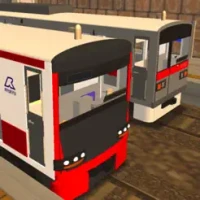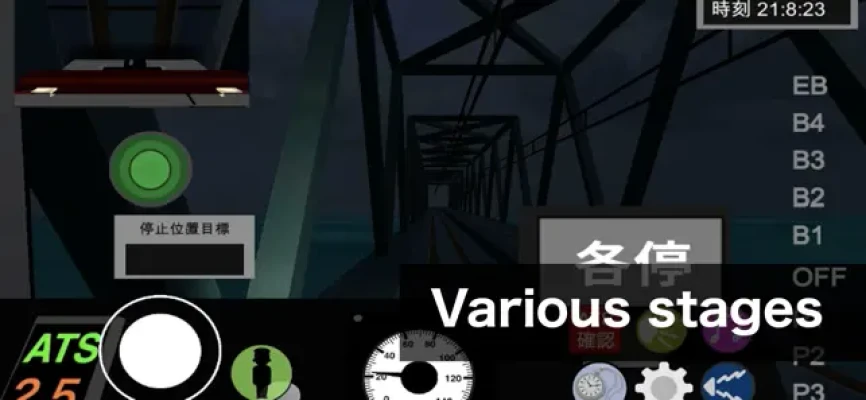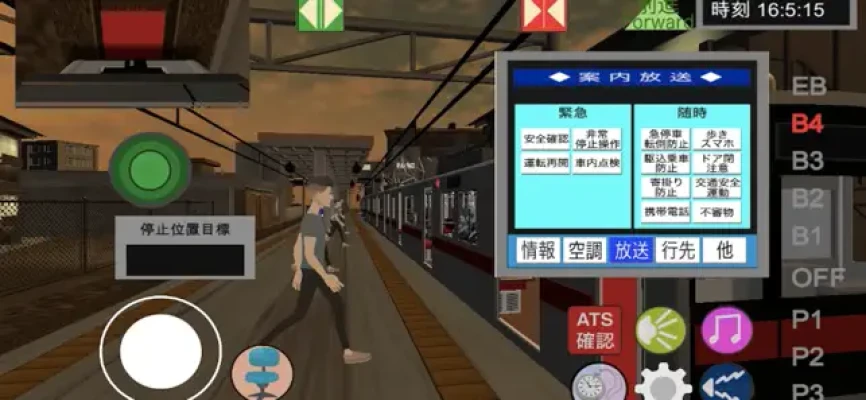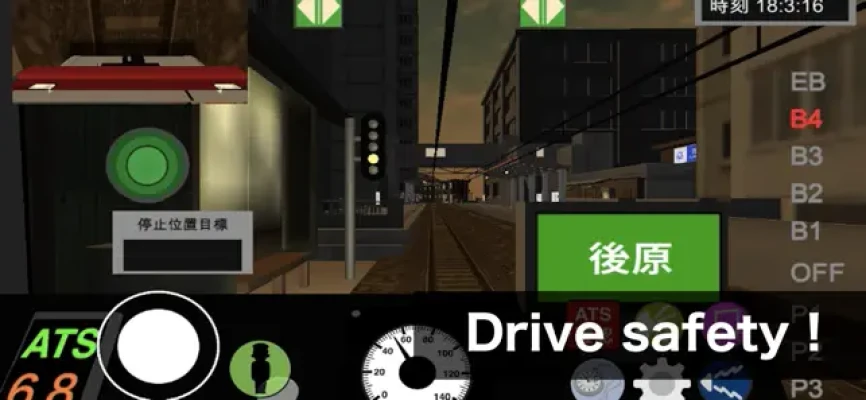
Latest Version
2.31
April 29, 2025
Be an Electric Railway crew !
Games
iOS
459.2 MB
0
Free
Report a Problem
More About Train Crew Sim2
Mastering Tram Operations: A Comprehensive Guide to Modes of Control
Operating a tram requires a deep understanding of various modes of control, each designed to ensure safety and efficiency. This article delves into the three primary modes of tram operation: Conductor Mode, Driver Mode, and One-Man Operator Mode. By exploring these modes, we aim to provide a clear understanding of their functions and responsibilities.
Understanding Conductor Mode
In Conductor Mode, the operator assumes a critical role in ensuring passenger safety and smooth operations. This mode focuses on the following key responsibilities:
- Door Management: The conductor is responsible for opening and closing the tram doors at each stop, ensuring that passengers can board and alight safely.
- Safety Checks: Before the tram departs, the conductor performs thorough safety checks to confirm that all passengers are safely on board and that the area is clear.
- Emergency Protocols: In the event of a potential collision with a passenger or obstacle, the conductor must act swiftly to initiate an emergency stop, prioritizing safety above all else.
This mode emphasizes the conductor's vigilance and quick decision-making skills, which are essential for maintaining a safe environment for all passengers.
Exploring Driver Mode
Transitioning to Driver Mode, the focus shifts primarily to the operation of the tram itself. Here are the main aspects of this mode:
- Driving Responsibilities: The driver is tasked with navigating the tram along its designated route, ensuring timely arrivals at each stop.
- Collaboration with the Conductor: While the driver focuses on operating the tram, the conductor manages the doors, creating a seamless flow of operations.
- Adherence to Signals: The driver must remain attentive to traffic signals and other operational guidelines to ensure safe and efficient travel.
In this mode, the driver’s expertise in handling the tram is paramount, as they must maintain control while coordinating with the conductor for optimal performance.
One-Man Operator Mode: A Comprehensive Approach
The One-Man Operator Mode combines the responsibilities of both the driver and the conductor into a single role. This mode requires a unique skill set, including:
- Dual Responsibilities: The operator must manage both the driving of the tram and the operation of the doors, ensuring that all tasks are completed efficiently.
- Enhanced Situational Awareness: With the added responsibility of door management, the operator must maintain heightened awareness of their surroundings to ensure passenger safety.
- Streamlined Operations: This mode allows for more efficient operations, particularly on routes with lower passenger volumes, as it reduces the need for multiple staff members.
In One-Man Operator Mode, the operator’s ability to multitask and prioritize safety is crucial for successful tram operations.
Conclusion: The Importance of Each Mode
Understanding the distinct roles and responsibilities associated with each tram operation mode is essential for ensuring safety and efficiency. Whether in Conductor Mode, Driver Mode, or One-Man Operator Mode, each position plays a vital role in the overall success of tram services. By mastering these modes, operators can enhance the passenger experience while maintaining the highest safety standards.
As tram systems continue to evolve, the importance of skilled operators who can navigate these modes effectively cannot be overstated. Continuous training and awareness of best practices will ensure that tram operations remain safe, efficient, and reliable for all passengers.
Rate the App
User Reviews
Popular Apps










Editor's Choice































